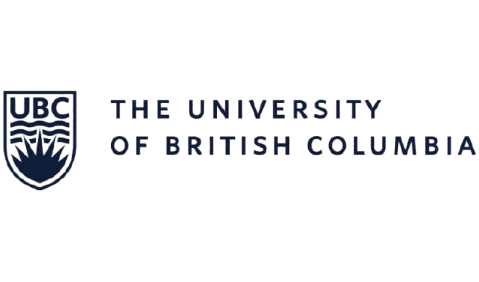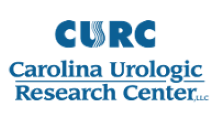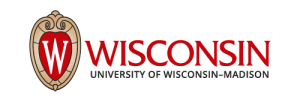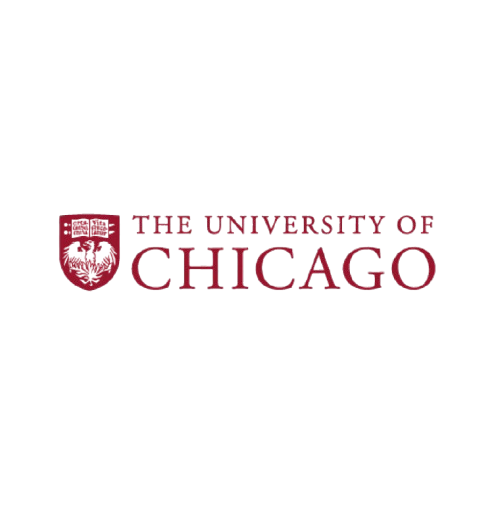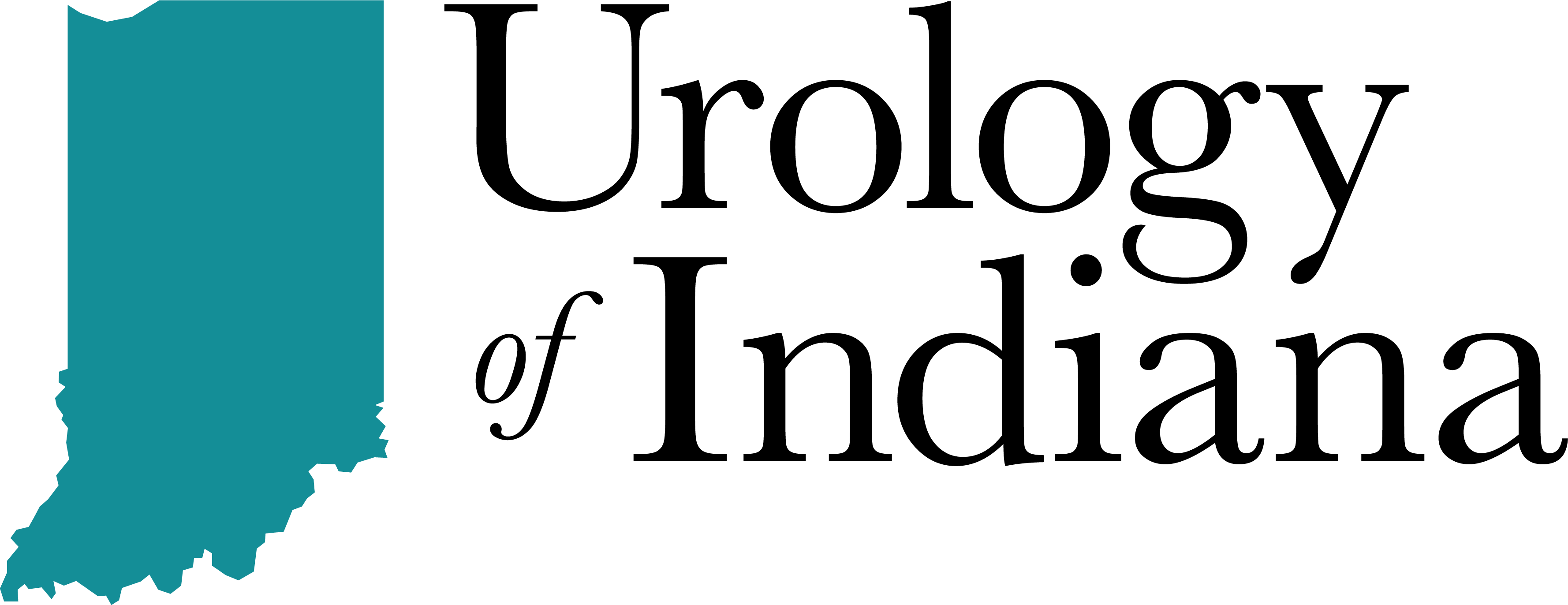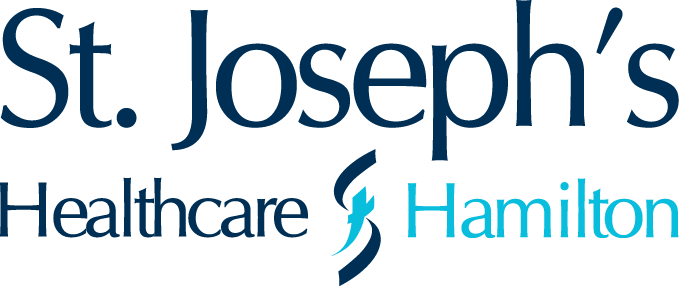RESEARCH PUBLICATIONS
Publications in Scientific Journals
Publications in Scientific Journals
These publications support the robustness of Theralase®’s technology and the advantages of using TLD-1433 in the treatment of NMIBC, demonstrating strong clinical and financial opportunities in Theralase®’s ruthenium-based PDCs for treating cancer.
Theralase’s® team of renowned scientists, chemists, engineers and medical doctors have revolutionized Anti-Cancer Therapy (“ACT”) to develop a personalized one stop solution treatment for cancer patients and their respective healthcare practitioners.
Our significant experience and expertise in the research, development and commercialization of PDCs their formulations and the medical laser systems that activate them are some of our most valuable resources; supported by Theralase’s® commitment to developing a comprehensive intellectual property portfolio, which strengthens and protects Theralase’s position in the global oncology market.
About Rutherrin®
Rutherrin®* technology encompasses the use of a Theralase’s® lead PDC, TLD-1433, selected from an expansive library of patented metal-based PDCs, combined with a metal-binding glycoprotein, such as transferrin.
On the cellular surface of all cells, there are carrier proteins known as Transferrin Receptors (“TfRs”). The TfR’s main role is to link with the glycoprotein transferrin (“Tf”) to enable the cell to absorb molecular iron, an essential element required for energy production and metabolism.
Due to the high proliferation rate of cancer cells (which makes them so deadly to the human body), they possess a greater quantity of TfRs on the cell surface and hence they absorb molecular iron at a much faster rate than normal cells.
TLD-1433 is a Theralase® patented ruthenium metal-based molecule. Ruthenium is a transitional VIII metal element (as is Iron and Osmium), in the periodic table, that possesses similar properties to iron.
Theralase® has demonstrated that TLD-1433 bonds with transferrin to produce Rutherrin® and in so doing, TLD-1433 is able to be selectively transported, preferentially, and in much higher quantities to cancer cells versus healthy cells through the TfR.
Once inside the cancer cell, TLD-1433, when light activated, produces a violent form of oxygen, known as singlet oxygen and Reactive Oxygen Species (“ROS”), that is able to effectively destroy the cancer cell from the inside out through oxidative stress, leading to a Immunogenic Cell Death ("ICD").
According to Theralase’s® Canadian patent’s claims, Rutherrin® possesses one or all of the following characteristics:
- increased uptake by cancer cells;
- increased efficacy at wavelengths less than, equal to or longer than 600 nm;
- increased production of ROS;
- increased PDT effect under hypoxic or non-hypoxic conditions;
- increased Maximum Tolerated Dose (“MTD”)
Rutherrin® has been designed for intravenous administration and has demonstrated preclinically to be highly effective in a number of established animal models of human cancer, including Non-Muscle Invasive Bladder Cancer (“NMIBC”), Glio Blastoma Multiforme (“GBM”) and Non-Small Cell Lung Cancer (“NSCLC”).
To date, Theralase® has been issued 13 patents for cancer and therapeutic applications and has an additional 34 patents pending in various application stages in the United States, the European Union, Brazil, Russia, India and China.
These countries account for approximately 65% of the world’s Gross Domestic Product (“GDP”) (2015 statistics). If and when these patents are granted, it will allow Theralase® to fully commercialize and protect the Rutherrin® technology in these major healthcare markets.




